Range
All Range Content
The Mortenson Ranch Story: Balancing Environment and Economics
The Mortenson Ranch Story is a remarkable account of the restoration of a western South Dakota landscape devastated early in the 20th century by homesteading and drought.
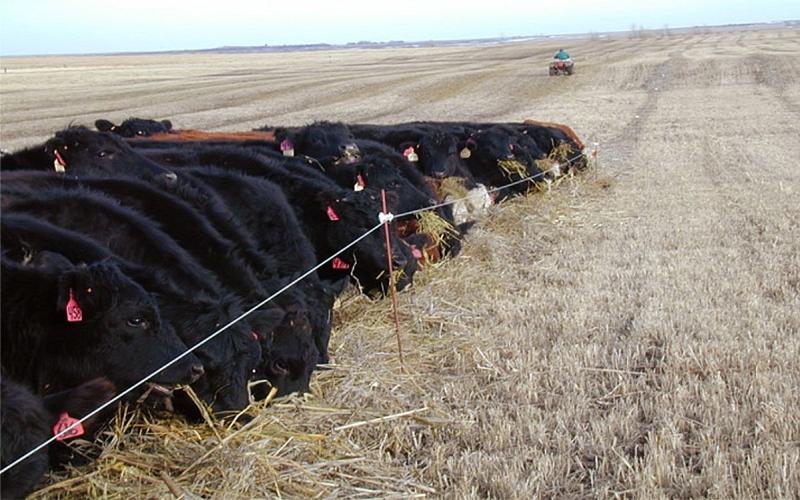
SDSU Extension to host annual soil conference in Wagner
October 18, 2024
Managing Soil: Maximizing Profit is an annual conference for crop producers and industry professionals. Anthony Bly, SDSU Extension Soils Field Specialist, said the conference provides valuable information for everyone who raises crops, forages and livestock.

Yellow Toadflax Has Not Flowered in Some Parts of South Dakota
Yellow toadflax is a difficult-to-manage weed that infests pastures and rangeland. In contrast with other weeds, yellow toadflax should be sprayed when flowers are present for more-effective management.
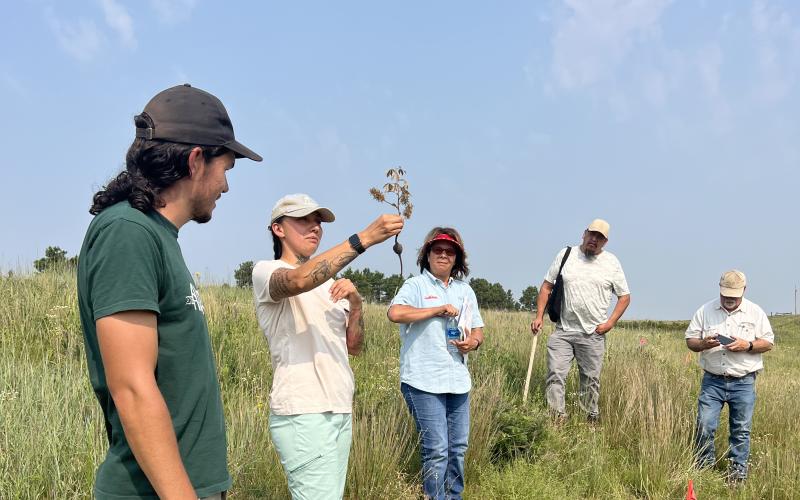
Nearly 75 attend 7th annual Rosebud Range Workshop
August 07, 2024
Nearly 75 youth and adults attended the seventh annual Rosebud Range Workshop on July 24, 2024, at the Rosebud Sioux Tribal Ranch.
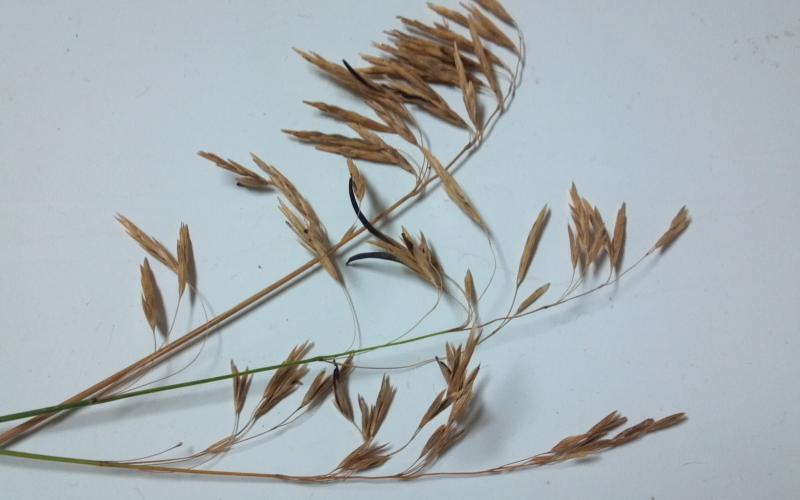
Ergot: A Potential Livestock Poisoning Problem
Cool, damp weather followed by warmer temperatures favors grasses becoming infected with ergot bodies, which can cause a certain kind of poisoning that can affect cattle on pasture.
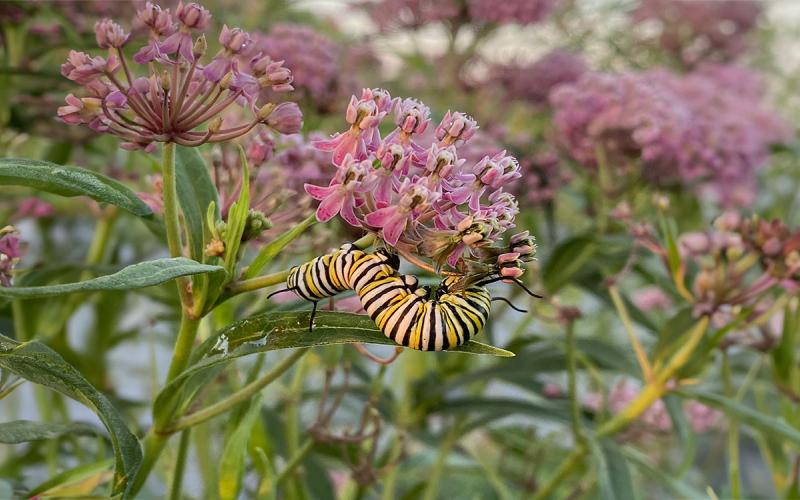
Range Roundup: SDSU Native Plant Initiative Strengthens Conservation and Supply of Native Plants
SDSU’s Native Plant Initiative has been hard at work on research that focuses on the conservation and supply of native plants.
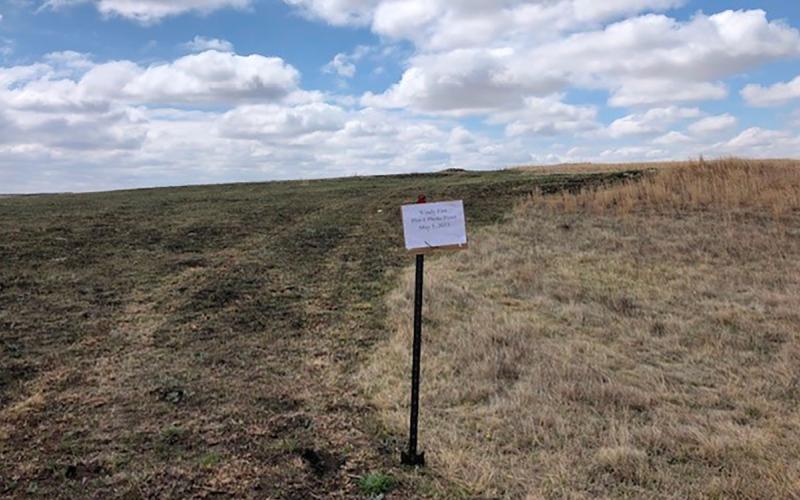
Range Roundup: Dormant Season Wildfire Project in Northwestern South Dakota
Two of the main environmental conditions that drive post-wildfire rangeland recovery include health of the rangeland ecosystem prior to the wildfire and climatic variables, such as precipitation or drought after the fire event.
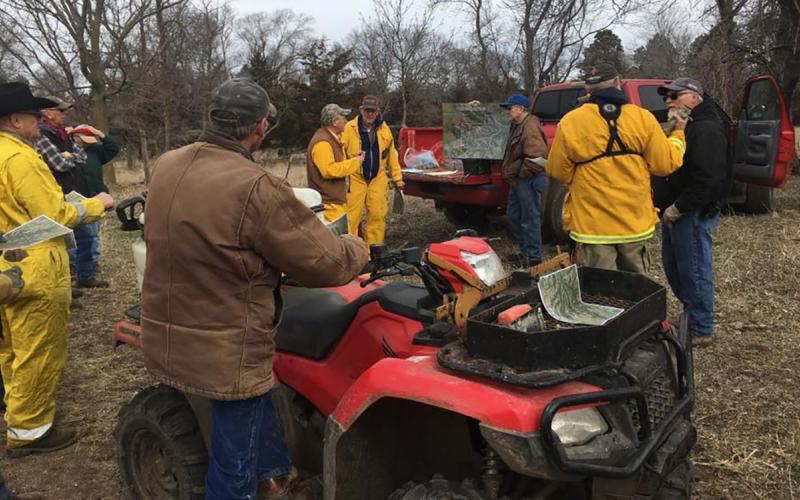
Range Roundup: Partnership Between Absentee Landowner and Rancher Allows for Pasture Renovation
Properly maintained pastures require ongoing, cooperative and mutually beneficial processes planned by landowners and renters, especially if the owners are absentee. Learn some key considerations for starting the process.
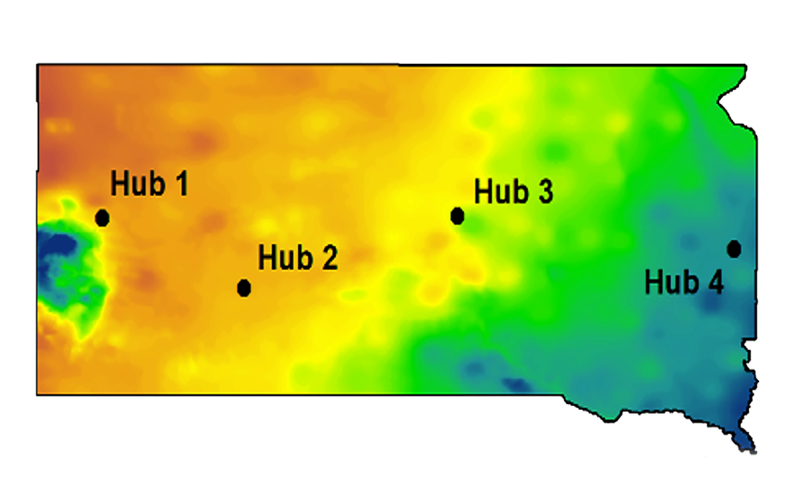
Range Roundup: Precision Agriculture Range Project With Producer Participation
SDSU Extension researchers started a new precision agriculture range project using remote sensing, machine learning, and ground-collected vegetation samples to develop an application to measure forage quality and quantity throughout the state in near real-time.
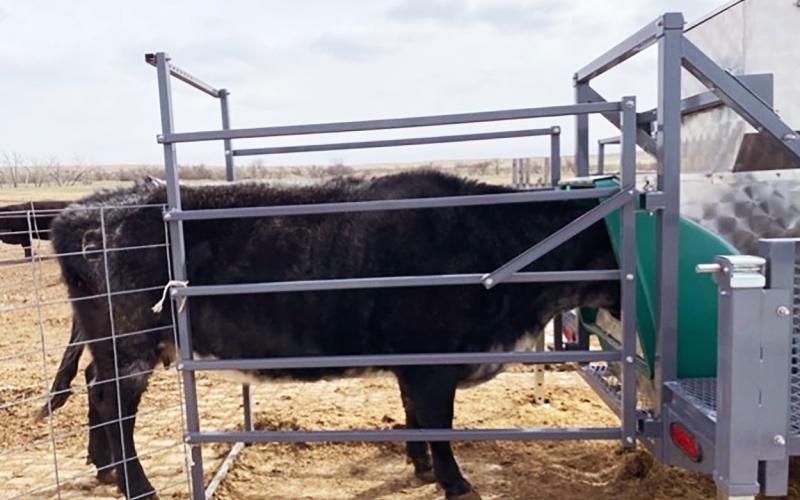
Range Roundup: Precision Technology to Measure Cattle Methane Emissions and Intake on Western S.D. Rangelands
In a recent research project, our precision livestock team deployed technology to measure individual cattle methane emissions and feed intake by disappearance. Learn how this data can be used to help improve day-to-day management decisions on the ranch.